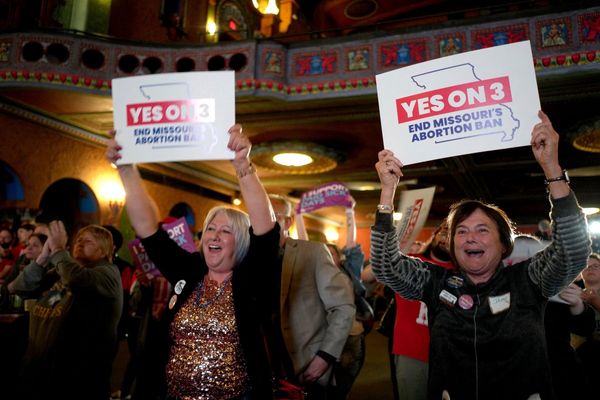
The dark, muddy, tunnel-like and pre-Independence-era bunker found at Mumbai’s grand Raj Bhavan seems like a scene straight out of a yesteryear mystery movie.
Picture this: the bunker is submerged in darkness. The letters on one of the nameplates — Small Arm Ammunition Store — are blurred, even though the panel holding it is intact. It lies on the ground outside a small dark room, which has another open hall adjacent with a nameplate reading ‘workshop.’ The wrought iron-grilled doors only add to its eerie look.
The 5,000-sq-ft, 150-meter-long bunker with 13 rooms was discovered on August 12 and has a surprise in store in every step. The underground bunker has two mini-staircases, leading to speculation of another floor on which is still to be explored, officials said.
The story behind the bunker is presumed to date back to 1875, when the Prince of Wales (who later became King Edward VII) visited Bombay for a stay. He visited the Malabar Hill bungalow, then the summer residence of the Bombay governor.


It was for his visit the banquet hall was expanded to build a ballroom and the bunker for anticipated security concerns, officials at the Raj Bhavan said.
The bunker is being called a war-room based on these decayed nameplates that read Shell Store, Gun Shell, Workshop and Cartridge store. Presumably closed after Independence, the whole area is now covered with wet mud and stones owing to the lawns atop the bunker.
The ventilation shafts on the roof of the bunker have let water and mud seep in for the many monsoons the historical bunker has withstood. Officials have also found broken air-vents on the floor of the stone-path.
An 1868 on-site map shows the presence of a structure with five vents seen in the lawn. A book on Raj Bhavan published in 1998 mentions it. It states, “Quite likely that the underground chamber served as a ammunition store…”
The workshop room leads to a huge stone-floored and stone-walled passageway on a slope with small iron rings on both sides. Another intriguing feature is the presence of window recesses through the passageway presumed to be built to keep lamps.
Umesh Kashikar, public relations officer at Raj Bhavan, said, “These recesses are right opposite the store rooms for ammunition, which is an intelligent thing done to secure the place. If the lamps are on the ammunition side, it would have been a disaster.”
The long-passageways have brick-walls built in-between, which officials called the “zig-zag” chambers. Two mini-staircases from the bunker seem to be the emergency exits, presumed to be leading to another floor. The entry to the bunker is from the Durbar Hall and the exit towards the sea. The Durbar Hall is used for special occasions at the Bhavan. (For several years, it is being used for Governor’s functions and conducting swearing-in ceremonies of new ministries).
Officials have also found two pulleys that might have been used to transport ammunition from the underground bunker.







